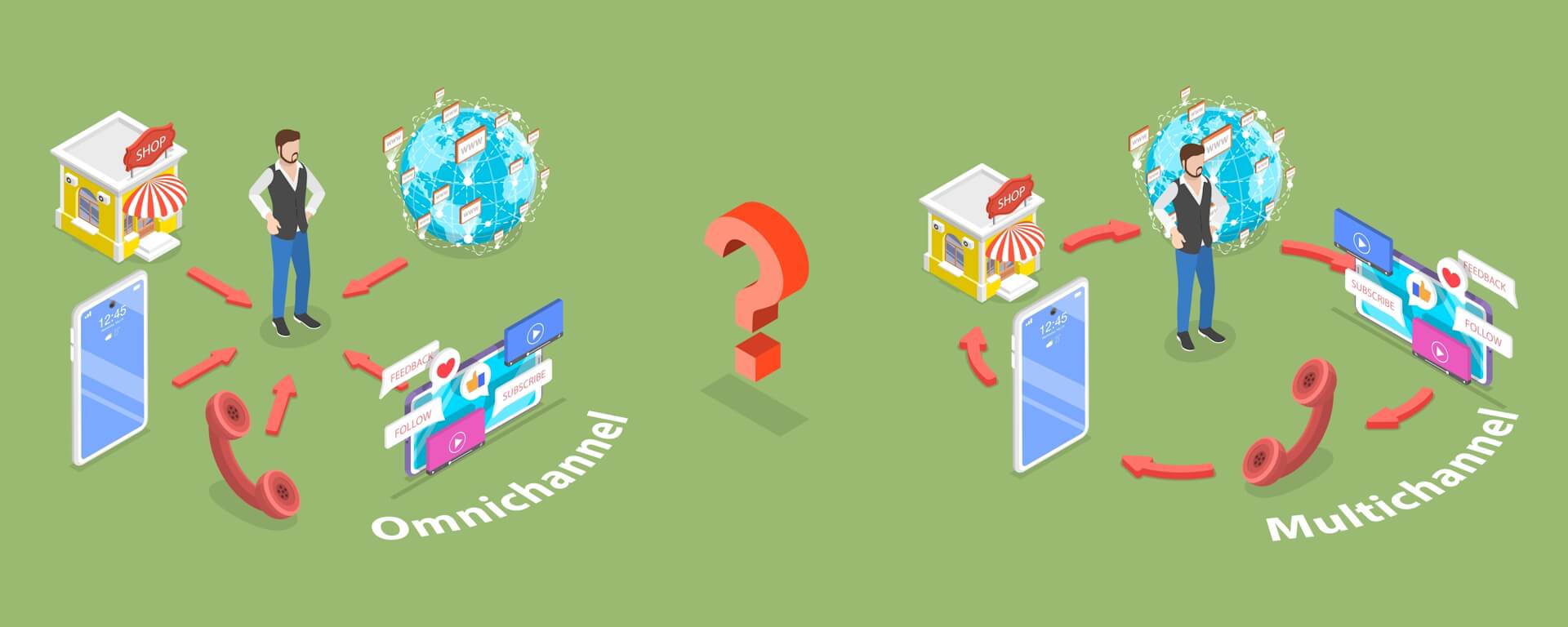Marketing has evolved dramatically over the past few years, with businesses using multiple channels to reach their target audience. However, many people still confuse omnichannel marketing with multichannel marketing. While both strategies are effective, there are significant differences between the two.
In multichannel marketing, businesses use multiple channels to reach their target audiences, such as email, social media, and print ads. Each channel operates independently of the others, and the goal is to reach the customer through as many channels as possible. However, this approach can lead to a disjointed customer experience, as each channel may have a different message or tone.
On the other hand, omnichannel marketing takes a customer-centric approach, focusing on delivering a seamless and consistent experience across all channels. The goal is to provide customers with a personalized experience that considers their preferences, behaviors, and needs. Businesses using this strategy aim to create a seamless journey for customers, regardless of which channel they use to engage with the brand.
The benefits of omnichannel marketing are significant. Businesses can improve customer loyalty and satisfaction by providing a consistent experience across all channels. Customers are likelier to repeat purchases and recommend the brand to others. Additionally, omnichannel marketing can increase revenue, as customers who engage with a brand through multiple channels tend to spend more.
To implement an effective omnichannel marketing strategy, businesses must understand customer preferences and behaviors. This information can be gathered through data analysis and customer feedback. Companies should also deeply understand each channel they use, including its strengths and weaknesses.
Once a business has this information, it can create a customer journey map that outlines the touchpoints at each stage of the customer’s journey. This map should include all channels, including offline channels such as in-store experiences. By doing so, businesses can ensure that each touchpoint is consistent with the brand’s messaging and tone.
In addition to a customer journey map, businesses using omnichannel marketing should also have a centralized database that tracks customer interactions across all channels. This database should include information on customer preferences and behaviors, allowing businesses to personalize their marketing efforts and provide a more tailored experience.
While implementing an omnichannel marketing strategy can be challenging, several tools and platforms are available to help businesses streamline the process. These tools can automate processes and provide businesses valuable insights into customer behavior.
The Kip and King Marketing team can help you with omnichannel marketing to maintain a consistent brand image across all platforms for your business. Please feel free to contact us today to learn more.
